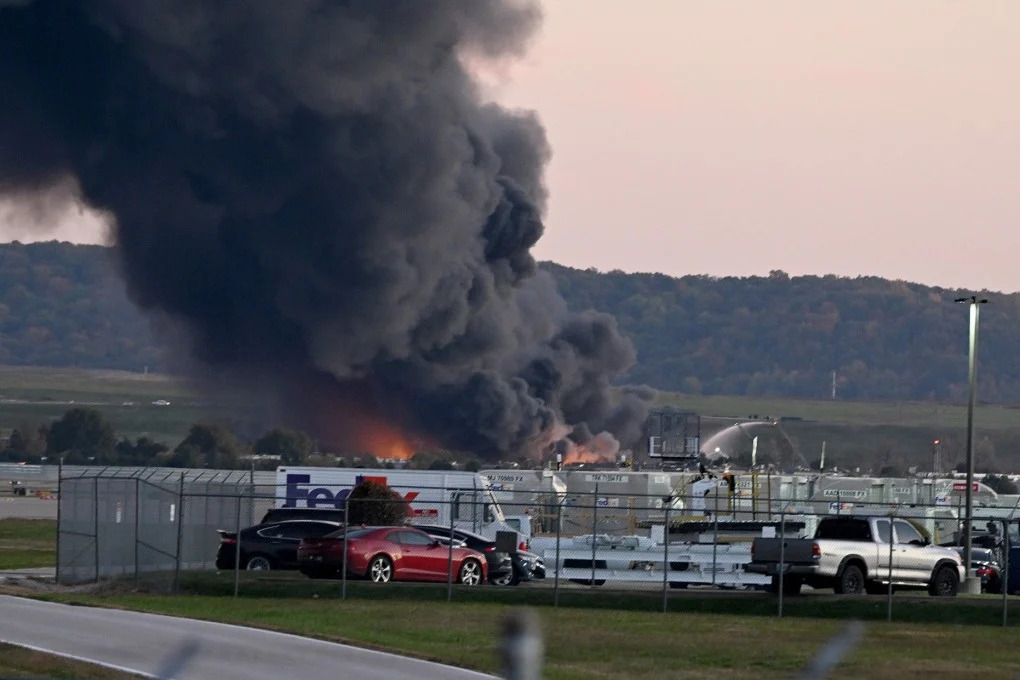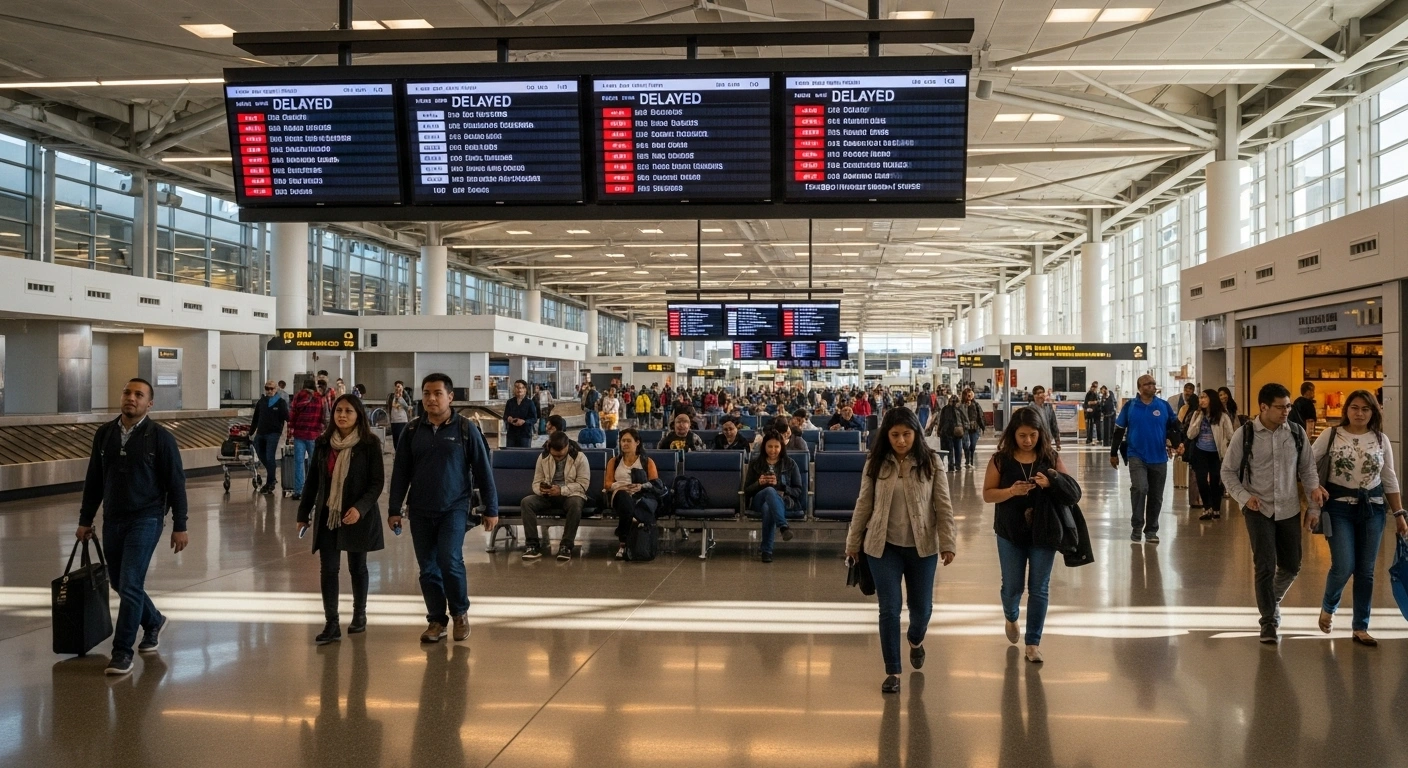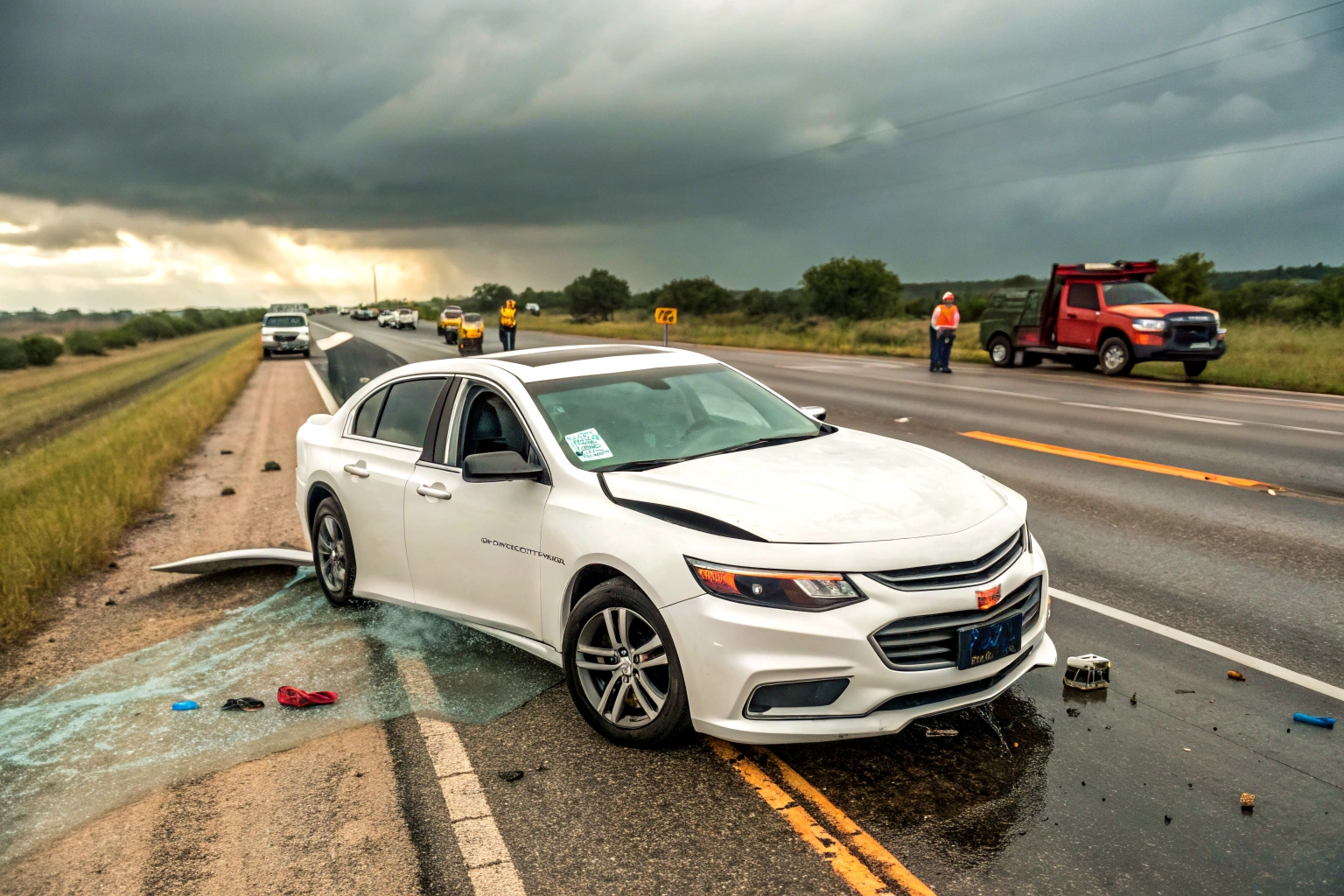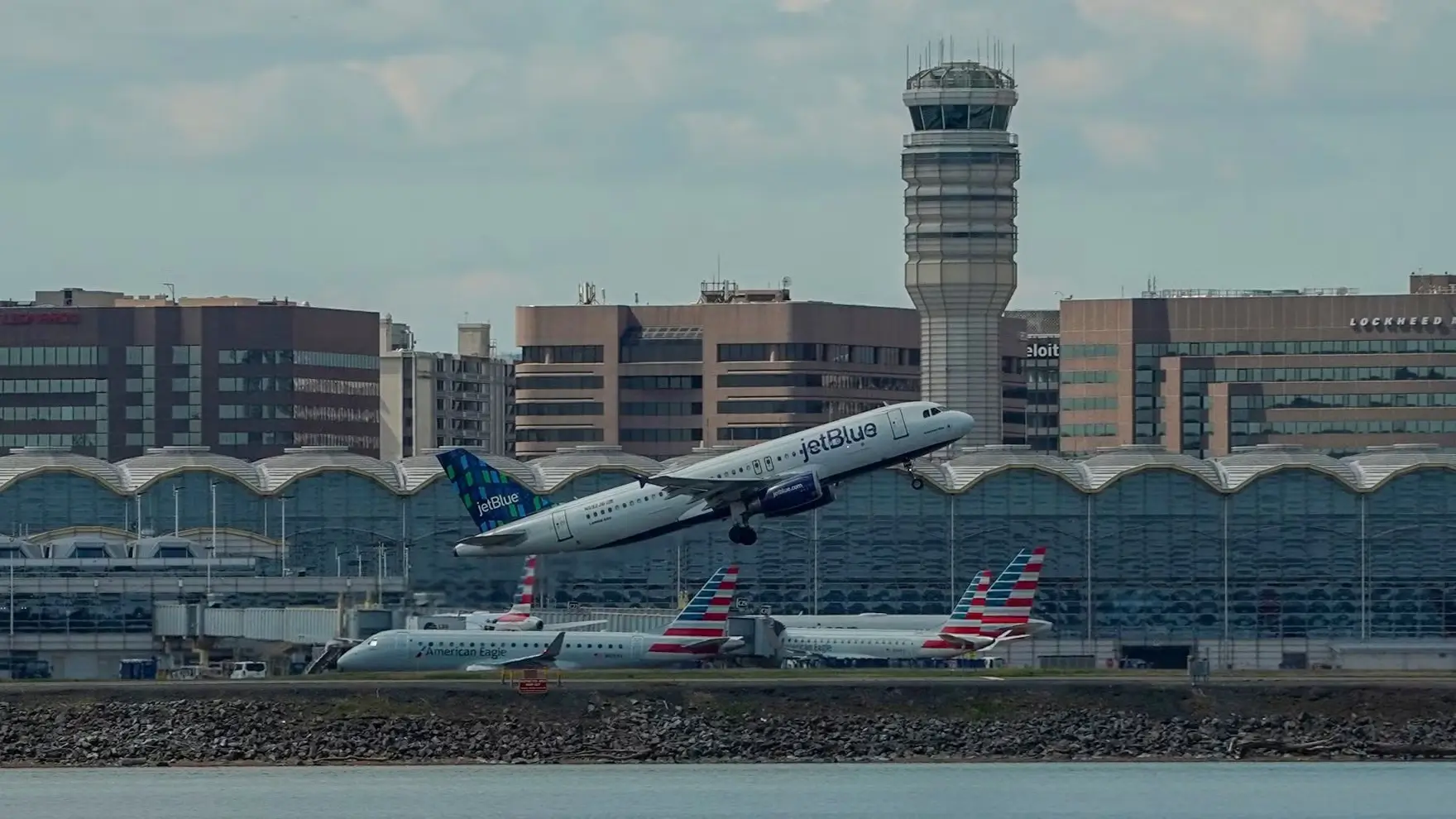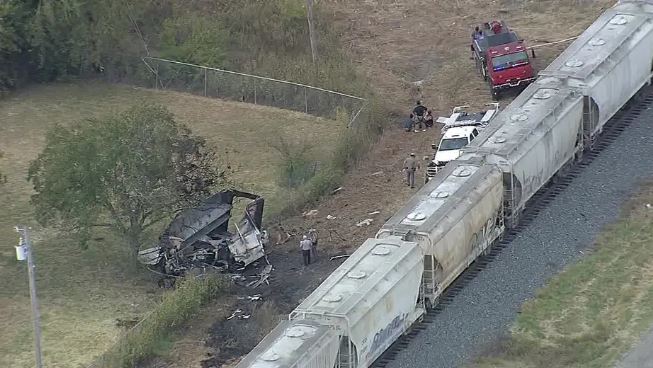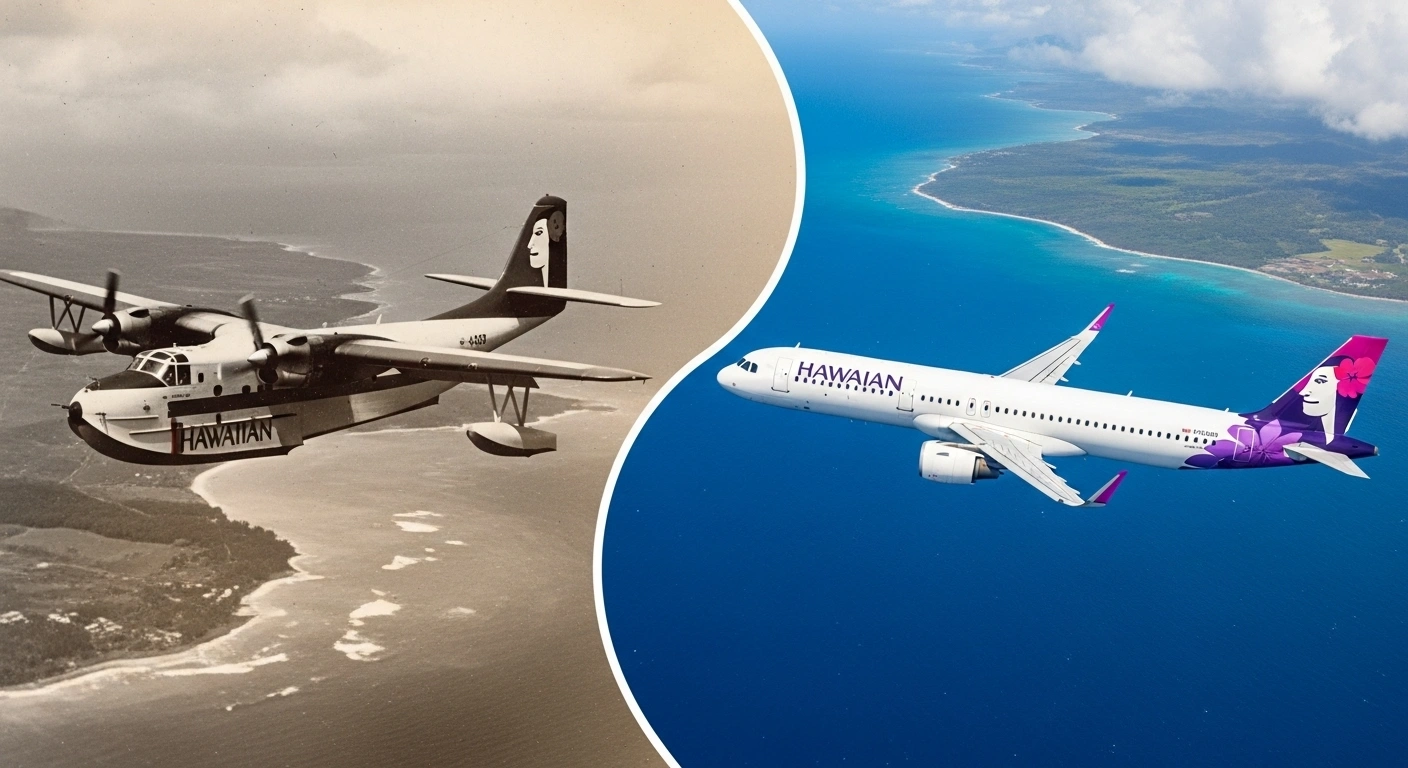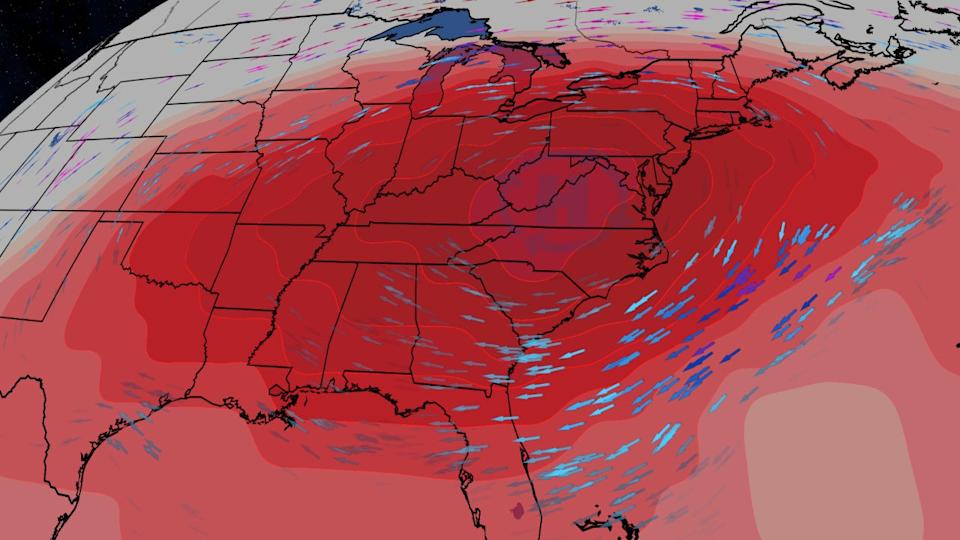Ahmedabad Air India Crash : Death Toll Rises to 270 as Black Box Hunt Intensifies
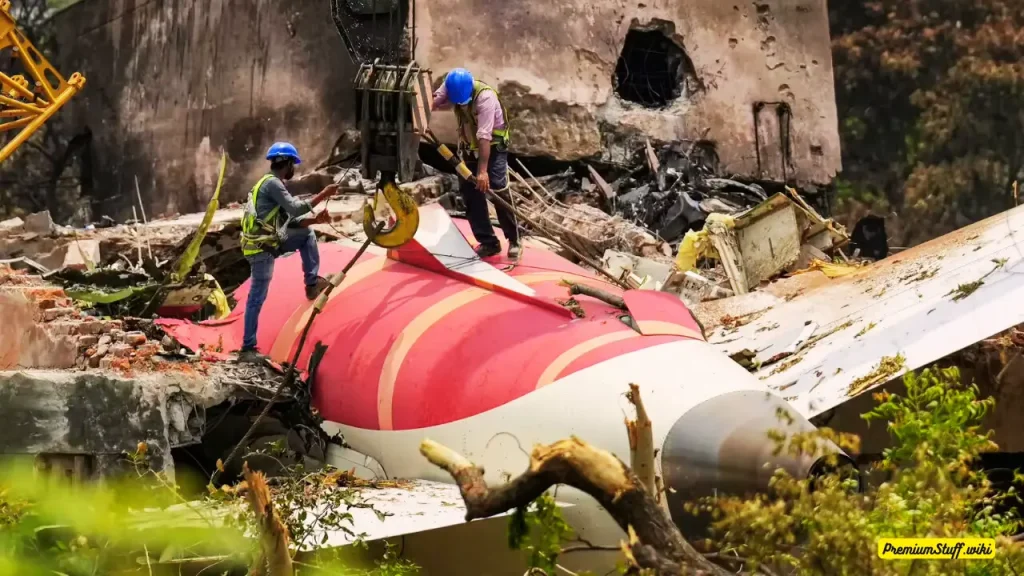
AHMEDABAD, India — In the scorching heat of an Indian summer, a Boeing 787-8 Dreamliner roared down Ahmedabad’s runway, bound for London Gatwick. Sixty seconds later, Flight AI171 plunged like a stone into a doctors’ hostel at BJ Medical College, erupting in a fireball that claimed 270 lives—241 passengers and crew, and 29 students and staff on the ground. The tragedy, India’s deadliest aviation disaster in three decades, has left a nation reeling and families worldwide pleading for answers as investigators race against time to uncover why modern aviation’s safest wide-body jet fell from the sky.
The Sole Survivor and the Scramble for Answers
Amid the inferno, one man defied death. British national Vishwashkumar Ramesh, 40, was pulled from the wreckage with severe burns and fractures the crash’s only survivor. As he fights for recovery in Ahmedabad Civil Hospital, forensic teams face a grimmer task: identifying 269 others. The searing heat of the crash, compounded by Ahmedabad’s 42°C (108°F) temperatures that day, left most victims unrecognizable. DNA samples from hundreds of grieving relatives have yielded just 45 matches so far, with only 47 bodies released for burial. Outside the morgue, Rafiq Memon—who lost four family members—cries into the dusk: “Where are my children? Let us bury them with dignity!”
Black Box Clues and the Ghost of Engine Failure
Investigators recovered one black box from a rooftop near the crash site, its data potentially holding the key to the catastrophe. Early analysis focuses on critical questions: Did the Dreamliner’s Rolls-Royce Trent 1000 engines lose thrust during takeoff? Were wing flaps incorrectly configured? Did cockpit alarms blare warnings ignored in the chaos? The extreme heat, known to reduce engine efficiency, is a prime suspect. A second black box remains missing, its absence delaying conclusive answers. Aviation experts note the 11-year-old aircraft had flown 25 incident-free trips on this route before its fatal final flight.
Global Response and Grounded Fears
The disaster has triggered international mobilization. British investigators joined India’s probe team, supporting families of the 53 UK citizens killed. Air India’s parent company, Tata Group, announced immediate compensation of ₹2.5 million ($29,000) per victim, with long-term support of ₹10 million ($116,000). India’s aviation regulator ordered emergency inspections of all 34 Boeing 787s in the country, 33 operated by Air India checking engine controls and takeoff systems. Though flights continue, passengers now board with palpable unease.
The Human Wreckage: Dreams Buried in Ash
The BJ Medical College hostel housed future healers; five medical students were among the ground victims. Dr. Priya Mehta, who narrowly escaped by stepping out to call her family, returns daily to light candles where her friends perished. “They dreamed of saving lives,” she whispers. On the flight, newlyweds Raj and Sunita Patel were traveling to London for their honeymoon. A student returning to university, a grandmother visiting grandchildren, all now gone. The hostel’s ruins stand as a grim monument, its walls scarred by wing fragments and melted dreams.
Boeing’s Shadow and the Long Road Ahead
For Boeing, already battered by safety scandals, this first fatal crash of a 787 Dreamliner since its 2009 debut is a devastating blow. The manufacturer faces fresh scrutiny over its flagship jet’s reliability, though it avoids direct liability comments, stating only it is “supporting the investigation.” India’s government has formed a high-level committee to overhaul aviation safety protocols, demanding a report within three months.
The Unanswerable Grief
As DNA teams work round-the-clock and cranes clear the last wreckage, the questions haunting families echo louder than any engine: Why did the landing gear not retract? Could pilots have overcome the failure? For now, there are only silences and smoke. In Ahmedabad’s streets, shrines of flowers and photos grow daily, a city mourning strangers and sons, united by loss. The sole survivor’s recovery offers a flicker of hope, but for 270 souls extinguished in an instant, the only justice lies in preventing history’s cruel repeat.

